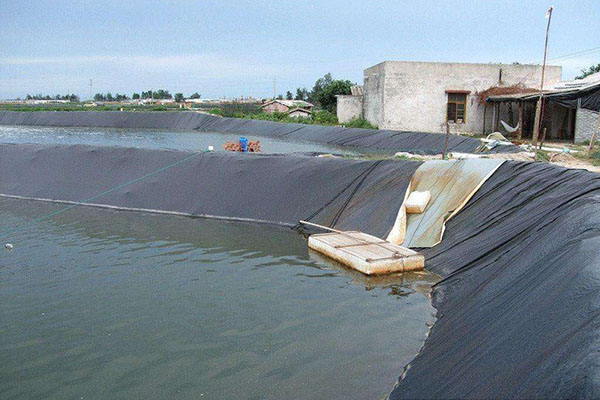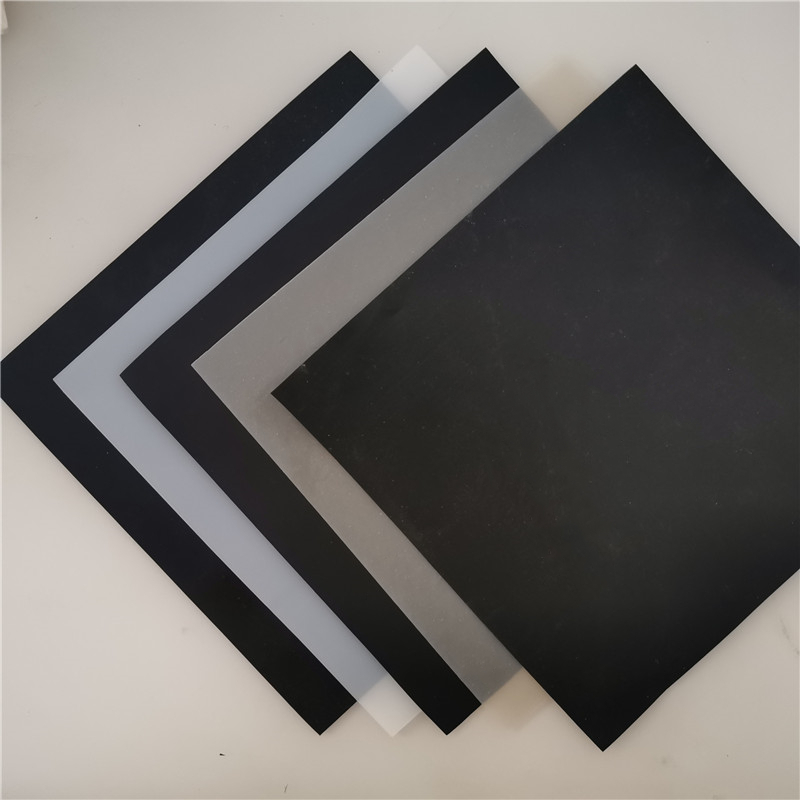
详情介绍:
![1602838532140894.jpg 1-200G1203150628[1].jpg](/static/upload/image/20201016/1602838532140894.jpg)
Function and application
Environmental protection and sanitation (such as municipal solid waste landfills, sewage treatment,
toxic and hazardous substances treatment sites, dangerous goods warehouses, industrial waste,
construction and blasting waste, etc.)
2. Water conservancy (such as anti-seepage, leakage plugging, reinforcement of river, lake, reservoir
and embankment, anti-seepage of water channels, vertical core walls, slope protection, etc.)
3. Municipal engineering (subways, underground works of buildings and roof water storage tanks,
anti-seepage of roof gardens, inner linings of sewage pipes, etc.
4. Gardens (artificial lakes, ponds, bottom linings of golf course ponds, slope protection, etc.)
5. Petrochemical industry (anti-seepage of storage tanks in chemical plants, oil refineries, and gas stations,
inner linings of chemical reaction tanks and sedimentation tanks, secondary linings, etc.)
6. Mining industry (bottom lining anti-seepage for washing and selection tanks, heap leaching tanks, ash
storage yards, dissolution tanks, sedimentation tanks, storage yards, tailings ponds, etc.)
7. Lotus root cultivation industry (Lotus root planting, anti-seepage of lotus root ponds, water storage
ponds, and anti-seepage of irrigation systems)
8. Aquaculture industry (lining of fish ponds and shrimp ponds, slope protection of sea cucumber pens, etc.)
9. Salt Industry (Salt field crystallization pool, brine pool covering, salt film, salt pool plastic covering film)
Anti-seepage membrane construction plan
During transportation, geotextile membranes should not be dragged or forcibly pulled, and sharp objects
should be avoided to prevent punctures.
Extend from the bottom to the higher position. Do not pull too tightly. There should be a 1.50% margin left
to allow for local sinking and stretching. Considering the actual situation of this project, the slope is laid in
the order from top to bottom.
2. The longitudinal joints of two adjacent pieces should not be on the same horizontal line and should be
staggered by more than 1 meter.
3. The longitudinal joints should be at least 1.50 meters away from the dam toe and the bend toe, and
should be set on a plane.
4. Slope first, then bottom of the field;
When laying the membrane on the slope, the direction of membrane extension should be basically parallel
to the line of the maximum slope.
"Lay"
Before laying the geomembrane, there should be corresponding qualified acceptance certificates of the civil
engineering works.
Before cutting the geomembrane, its relevant dimensions should be accurately measured and then cut according
to the actual size. Generally, it is not advisable to cut according to the dimensions shown in the drawing. Each piece
should be numbered and the details should be recorded in a dedicated form.
When laying geomembrane, efforts should be made to minimize the number of welds. Under the premise of
ensuring quality, raw materials should be saved as much as possible. It is also easy to ensure quality at the sametime.
4. The lap width of the seams between membranes is generally no less than 10cm. Usually, the weld seams are arranged
parallel to the maximum slope, that is, along the slope direction.
5. Generally, at corners and irregular sections, the length of the joints should be shortened as much as possible. Except
for special requirements, welds should not be set within 1.5 meters from the top slope or stress concentration areas on
slopes with a gradient greater than 1:6.
6. During the laying of geomembrane, artificial wrinkles should be avoided. When the temperature is low, it should be
stretched as tightly as possible and laid flat.
After the geotextile membrane is laid, walking on the membrane surface and moving tools should be minimized as
much as possible. Any objects that could cause damage to the anti-seepage membrane should not be placed on the
membrane or carried while walking on it to avoid accidental damage to the membrane.





